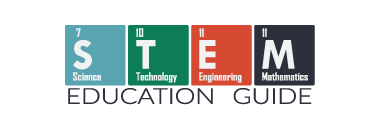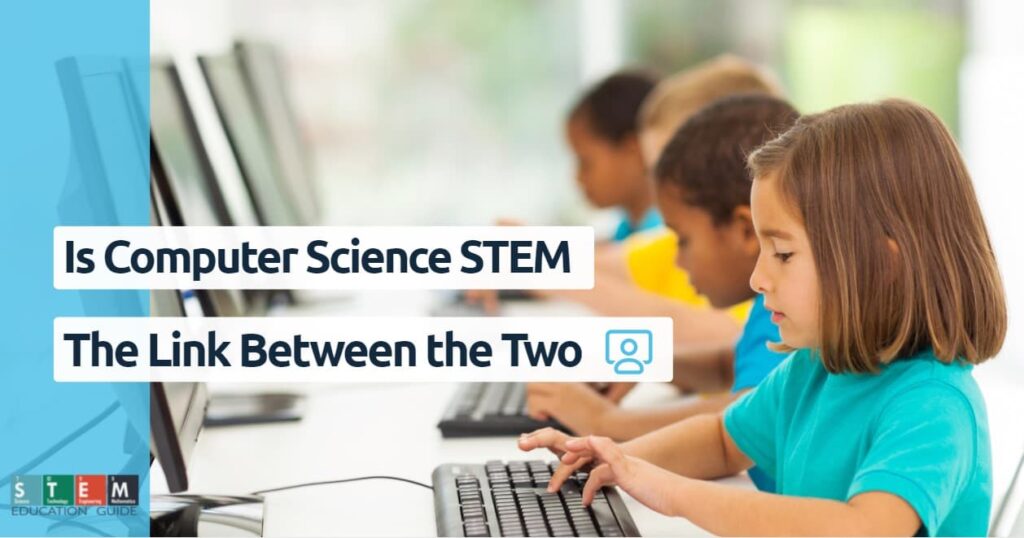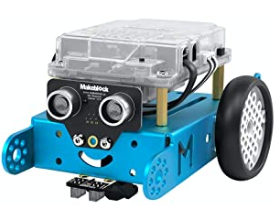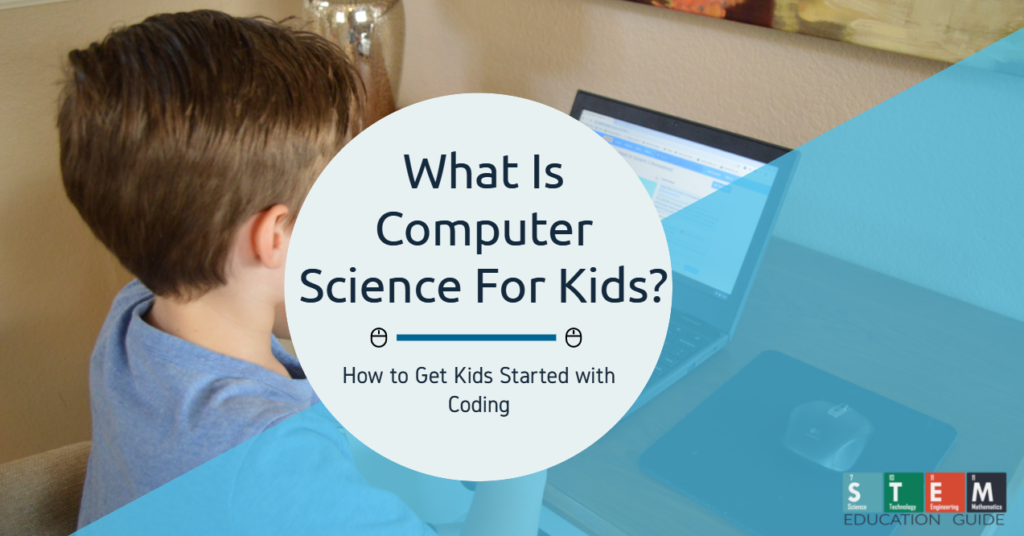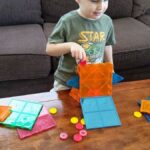It’s no secret that the exposure of students to science, technology, engineering, and mathematics (STEM) can positively impact the future of the world and their futures.
However, one thing that’s often overlooked is computer science education, an incredibly essential subject, and skill in today’s digital era.
Although it might seem like the two fields have a plethora of commonalities on the surface, upon digging deeper, you’ll discover that the answer to the popularly asked question, ‘is computer science STEM?’ is yes, as they are closely similar. Read on to learn how.
If you and your kids are interested in building a DIY computer, take a look at my article here, Best DIY Computer Build Kits.
Table of Contents
What Is STEM?
As seen with most things, the STEM field existed long before it had a name. The term was coined by Dr. Judith Ramaley, the director of the National Science Foundation, (NSF) in the early 2000s. She came up with the name ‘STEM’ to define the blended curriculum that she formulated with her team.
As an acronym for science, technology, engineering, and mathematics, the STEM curriculum blends these subjects to teach students the tools required for success in the future workplace or 21st-century skills.
The idea is that for job preparation and to compete with students from across the globe, learners in the US must be problem-solvers, team up on different projects, think critically, and discover and use evidence. The skills coupled with critical thinking are taught in these subjects.
Nonetheless, defining STEM can be an uphill battle as it’s a popular term with several meanings to many people. While the science aspect (chemistry, biology, and physics) and mathematics (calculus and algebra) is a breeze to figure out, the engineering and technology aspects are less straightforward.
Technology ranges from design and computer programming (coding) to analytics. Engineering can factor in topics such as civil engineering, electronics, and robots. The key term regarding STEM is integration.
The STEM curriculum intentionally meshes these disciplines. It’s a blended approach that supports hands-on experience while ushering in a great opportunity for students to learn and apply relevant ‘real-world’ knowledge in the classroom.
Granted, engineering and technology might seem thrilling. After all, the thought of building robots in class sparks a smile, but for a plethora of students, mathematics and science aren’t as exciting (our article about review math games) as they sound. However, the ability to master these two subjects in a jiffy is the secret to excelling in the STEM curriculum.
Mathematics and science are particularly crucial in STEM learning because engineering and technology are dependent on them.
For instance, if an architectural engineering student were required to design a ten-story building, they’d first need to grasp the underlying scientific and mathematical concepts to make the project successful.
STEM careers share this heavy dependence on science or mathematics, typically both. For this reason, students who don’t excel in science or math usually opt for an easier academic program.
What Is Computer Science?
In a nutshell, it refers to the study of computer technology (software and hardware). Nonetheless, computer science is a diverse field that calls for skills that are in-demand and applicable across nearly all industries in today’s technology-driven era.
In turn, the field of computer science is divided amongst a vast assortment of sub-disciplines (as discussed below), most of which are full-fledged specialized fields.
Computer scientists can be coders, developers, and programmers. They build robots, program self-driving cars, invent new technologies, paving the way with the Internet of Things (IoT), and develop smartphone apps.
Make sure to check out my article about Creative Activities for Computer Science. This is a related article we share with some great ideas and creative computer science activities.
Coding
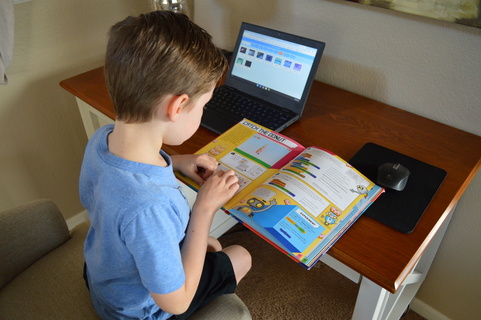
It’s how we instruct computers in various languages, for instance, block-based coding, that introduces coding in a more manageable way before learning the text-based languages.
Coding can be effective when coupled with physical computing or on a computer. For example, a boatload of robots sold for the STEM classroom utilizes block-based coding for beginners to get started.
Students can kick off their coding adventure by helping a monkey catch bananas in exhilarating challenges. Alternatively, some robots use actual blocks for young coders.
Since you’re interested in computer science, you’ll probably want to get into coding. Code Monkey is excellent for kids or adults looking for step-by-step instructions along with a way of tracking progress.
Physical Computing
Here’s where circuits and electronics come into play. Young learners connect wires and parts then instructing a computer on what to do with the code. Learning physical computing goes beyond circuitry or coding and is keen on how they interact and create a functional unit.
The Little Bits Coding Kit, for instance, is an incredible way of blending circuitry and coding to build cohesive projects.
Robotics
It encompasses the design and building of robots. Although it’s closely similar to physical computing, the difference boils down to the input.
Robots are intended to get the job done and function independently, whereas pure computer science usually involves a type of input in response to the functioning of robots.
It’s a no-brainer that upon adding sensors to robots, the line between these two gets a tad bit blurry, bolstered by the fact that most robots in schools are used to help students become pro coders.
Is Computer Science Stem? Here’s The Correlation
Computer science education meshes all the STEM fields (science, technology, engineering, and mathematics). Therefore, an aspiring computer scientist must study STEM subjects.
However, why become a computer scientist? First, young learners need to understand STEM and computer science curriculum because the world we live in is steered by technology and computers.
Although a myriad of people is tech-savvy, only a few understand the science behind the various forms of technology and computational thinking.
With the advent of technology, young learners must grasp and learn about computer science and STEM from the onset. One of the greatest perks of learning these concepts is that they can step up a student’s overall ability to learn and critical-thinking skills by a few notches.
Computer science and STEM education revolves around breaking down complex issues and coming up with viable solutions that apply to school and, more importantly, the different areas of the real world.
The Bottom Line
Usually, you’ll see all forms of computer science interacting and coexisting in a STEM lab, meshing well with the STEM curriculum. However, by grasping the correlation between computer science, data science, robotics, coding, physical computing, and STEM education, young learners can define their goals, ushering in a more productive learning environment.
To dive further into this subject, make sure to take a look at my article, What Is Computer Science For Kids? How to Get Kids Started Coding!
